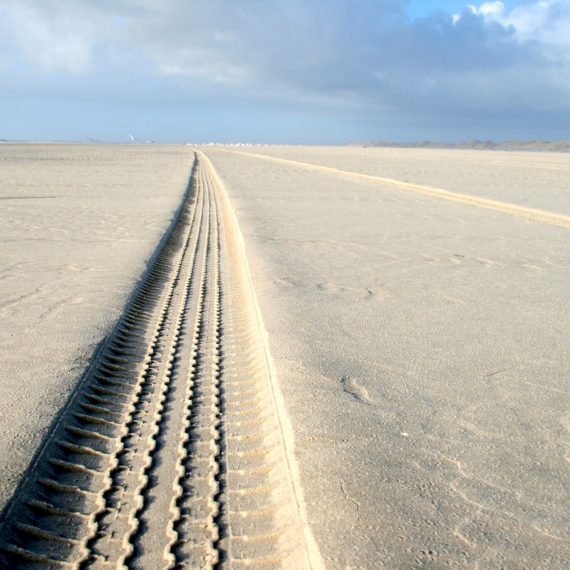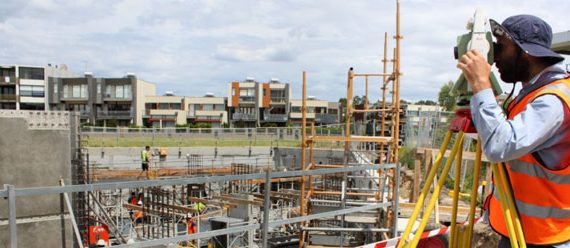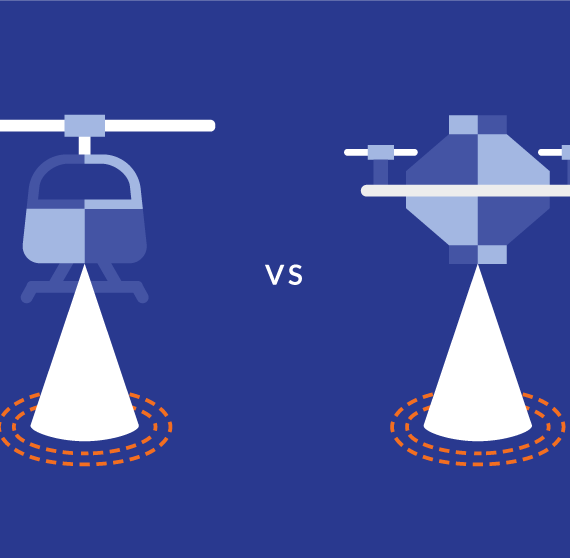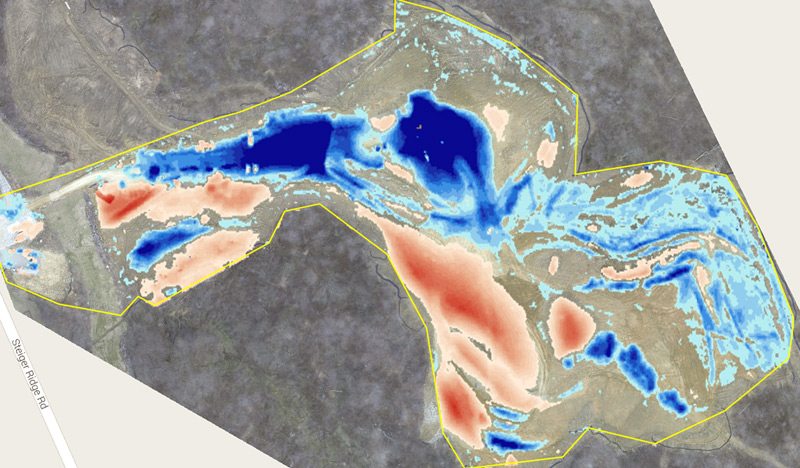18 Apr How Drone Mapping Tracks Changes and Keeps Projects On Time
The ability to know the exact cost per yard and accurately predict profitability has always been more of an art than a science for construction projects.The most common way to track progress has historically been through manual surveying and aerial imagery from planes or helicopters. Unfortunately, these traditional options came with significant costs and delays. Each option could take weeks or even months from the time one reaches out to book the survey or flight to the time when data is returned. By then the job site has progressed and the old data no longer accurately represents where the job site is today.
...







